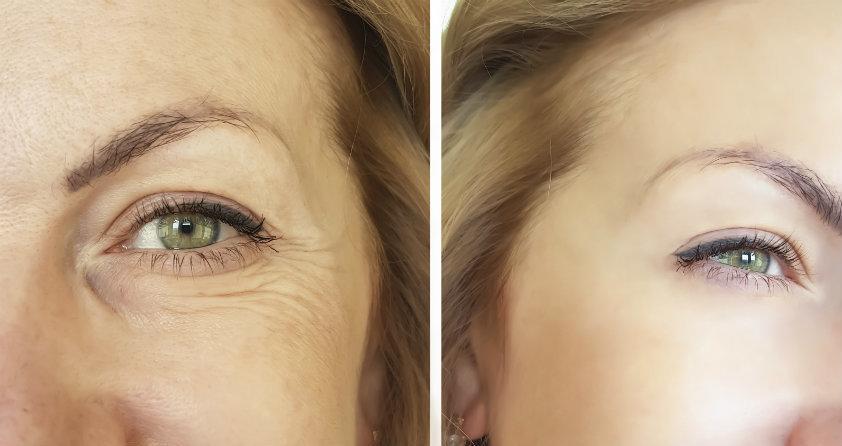
The following tips can help you to determine if capsular contractsure is curable. Learn about the Symptoms and Treatments for capsular contractsure. You will also learn about the Recurrence of capsular contracture. It is crucial that you seek professional medical help if you are experiencing this problem. But don't be discouraged, there are many solutions! Which are the most effective?
Symptoms
One of the most common causes of capsular contracture is bacterial infection on an implant. It can also be caused by cancer treatment. Your chances of developing capsular contractsure may be increased by your genetics and pre-existing medical conditions. This condition can be more dangerous for those who have thick scar tissue or are prone to autoimmune diseases. Sometimes the condition may appear randomly. The simplest treatment is to consult with a doctor and undergo a physical exam to determine if capsular contracture is present.
Capsular contracture can be characterized by a wave-like or rippled appearance of the breasts. This is due to the scar tissue surrounding the implant. This condition can develop to Grade IV if left untreated. To correct it, a surgical procedure is required. The cause and severity of capsular contracture will determine the treatment. A physical therapist will be able to help reduce scar tissue and restore the breasts.
Recurrence of capsular contractedure
After breast implant surgery, recurrences of capsular contracture can be a serious problem. It depends on the type and response of the body to surgery. Capsular contracture usually develops between three and six months after surgery. Capsular contracture is more likely to be prevented if treatment is initiated as soon as possible. The breast implant might burst during this period.

Patients in grade two and three may benefit from Aspen therapy. The pain-free procedure is carried out by a board certified plastic surgeon. This blog does not reflect the opinion of the American Society of Plastic Surgeons. Register with ASPS Connect to get more information about this condition. Access exclusive content such as Ask a Surgeon and Before & After photos, as well the Patient Community. This blog may contain affiliate links.